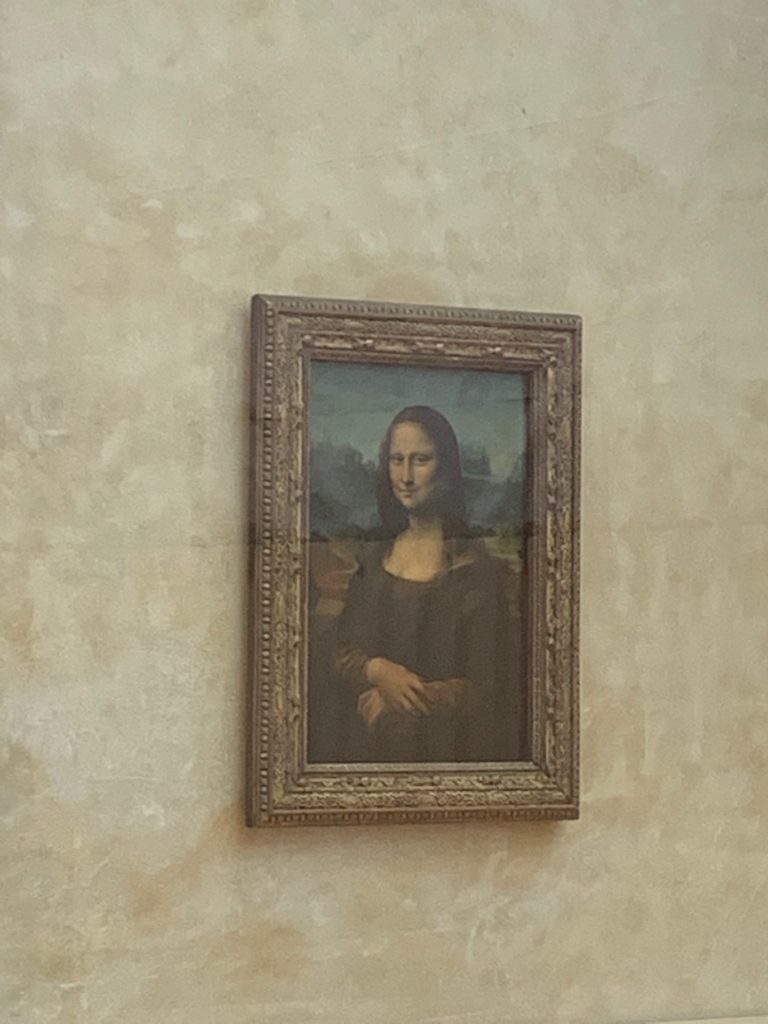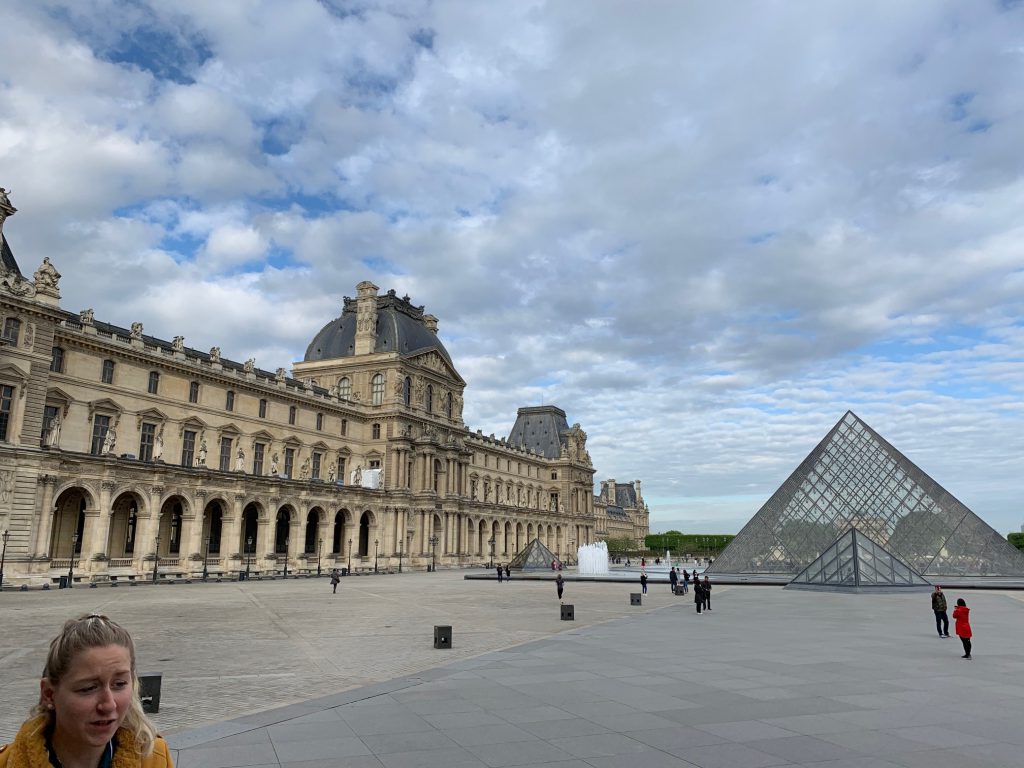901 Tower Drive • Suite 420 •
Troy, Michigan 48098
• P: 248.269.1122 •
E: bianchipr@bianchipr.com
901 Tower Drive • Suite 420 •
Troy, Michigan 48098
• P: 248.269.1122 •
E: bianchipr@bianchipr.com
(While in Paris recently to meet with one of our PR colleagues, we took a side trip to the Louvre. It was there, hearing about one particular work of art from our tour guide, that the enduring power of storytelling really hit home for us.)

For more than 100 years after its installation in 1804, the painting we know today as Leonardo da Vinci’s Mona Lisa (La Gioconda) was just one of some 35,000 works of art on display in the Louvre.
And surprisingly, during that time, this painting was virtually unknown to anyone but true art insiders.
That all changed in 1911, when the painting was stolen by an Italian handyman.
The story of the theft – considered the greatest art theft of all time – graced the front pages of newspapers around the world and made the Mona Lisa the world’s most famous painting.
People Lined Up to See An Empty Space
As a result, after the heist, for the first time in history there were people actually lining up outside the Louvre, waiting to enter … and queuing up just to see the empty space where the painting had once hung.
The ensuing publicity around the theft made the painting a household name – even among people who previously had never been to France or had no interest in paintings or art.
For the two years that followed the 1911 theft, the media criticized the museum for lax security and disparaged the police for bungling the investigation. The head of the Paris police force was said to have retired in shame.
Finally, in 1913, the thief (who felt the painting belonged in Italy) was caught as he tried to sell the now-famous painting to a Florence art dealer.
The painting was returned to the Louvre, where it still hangs today — although protected behind bulletproof glass and heavy security.

The Louvre’s Crown Jewel
Today, the Mona Lisa is the crown jewel for the Louvre, helping to attract some 10 million visitors to the huge museum each year. And many of those visitors wait in lines for hours just to see (and take selfies with) this famous painting.
To me, the Mona Lisa was surprisingly small, and that smallness was amplified because we visitors had to view it from a distance. Yet everyone wants to see it.
Why?
Noah Charney, art history professor and author of “The Thefts of the Mona Lisa” explains it this way: “There was nothing that really distinguished it per se, other than it was a very good work by a very famous artist … that is, until it was stolen. If a different one of Leonardo’s works had been stolen, then that would have been the most famous work in the world, not the Mona Lisa.”
So it’s not Mona Lisa’s enigmatic smile that has created all the excitement … that has won worldwide notoriety … and that still attracts thousands of people to the Louvre every single day.
It’s the story.
Stories make for powerful PR. And that’s worth smiling about.